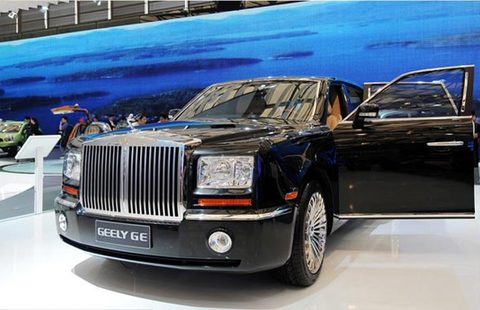StanChart on path to profits in Northeast
By JIANG XUEQING (China Daily) Updated: 2015-04-24 09:23Standard Chartered Bank (China) Ltd officially opened a branch in Heilongjiang province on Thursday, notwithstanding the slowdown in the national and regional economy.
The London-headquartered global lender is looking to play a key role in the construction of the Heilongjiang Land and Maritime Silk Road Economic Belt, part of the country's "Belt and Road Initiative" proposed by President Xi Jinping, and it remains confident in the successful transition of the Chinese economy.
Jerry Zhang, executive vice-chairwoman and chief executive officer of Standard Chartered Bank China, said: "It will take some time for China to realize economic restructuring. We expect that the country will turn from an economy relying heavily on industries with overcapacity to a new form of economy in two years. The short-term economic downturn will not affect our long-term strategic layout in China, which is still one of our most important markets."
The branch in Harbin, capital of Heilongjiang province, is StanChart's second unit in Northeast China. It had upgraded its representative office in Dalian, Liaoning province to a branch in 2009. At present, the bank has 106 outlets in 29 cities across China.
Although it is a relatively hard time for lenders to expand in Northeast China, Zhang remained hopeful that StanChart would be able to take advantage of the potential business opportunities.
She said the lender has a strong advantage in agriculture and commodities-related business. By opening a second branch in the region, it hopes to fully exploit the benefit of policies earmarked for the "Belt and Road Initiative", namely the Silk Road Economic Belt and the 21st Century Maritime Silk Road.
With a network mainly concentrated in Asia Pacific, Africa and the Middle East, the bank has more than 400 outlets in the Association of Southeast Asian Nations and more than 200 outlets in Africa. Its history in 12 sub-Saharan African countries can be traced back to over 100 years ago.
Zhang said the geographical layout of Standard Chartered along the Belt and Road is highly overlapped with the countries related to the initiative. Apart from having a distribution of outlets that goes hand in hand with the national strategy, the bank also has advantages in commodity finance, corporate finance and project finance.
Wen Bin, principal researcher at China Minsheng Banking Corp Ltd, said: "The Belt and Road Initiative will become a new growth engine for banks and companies in China, while domestic demand continues to decline. It will also provide an opportunity of mutual benefit for relevant countries."
Standard Chartered expects that yuan-denominated payments will exceed $3 trillion by 2020 and the yuan will become the fourth-largest global payment currency.
As China is gradually opening up its capital market to offshore investors, it is expected that dim sum bond issuance will reach 3 trillion yuan ($483.9 billion) in 2020, with an annual growth of 30 percent on average in the next five years.
The bank is promoting renminbi business in more than 70 countries and regions. It has formed professional teams specializing in renminbi transactions in five major foreign exchange trading centers, including New York, London and Hong Kong, to utilize its global resources effectively.
- Flying high amid turbulent conditions
- Cashing in from the changing paradigms
- Lawmakers call for better gov't work in FTZs
- China's top chain stores see moderate growth
- China's rural couriers ride wave of e-commerce expansion
- China may raise retail oil prices
- CSRC to approve 2 batches IPO every month
- China plays down capital exodus

















